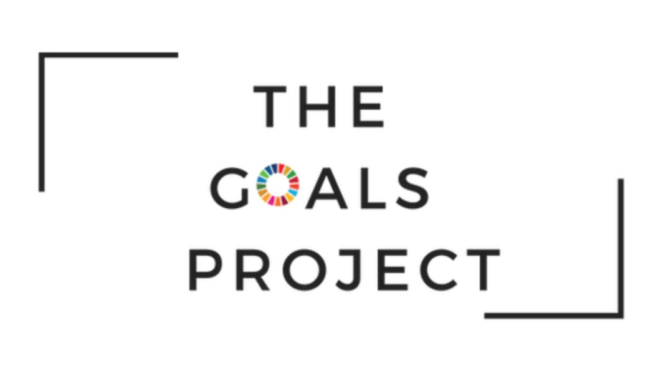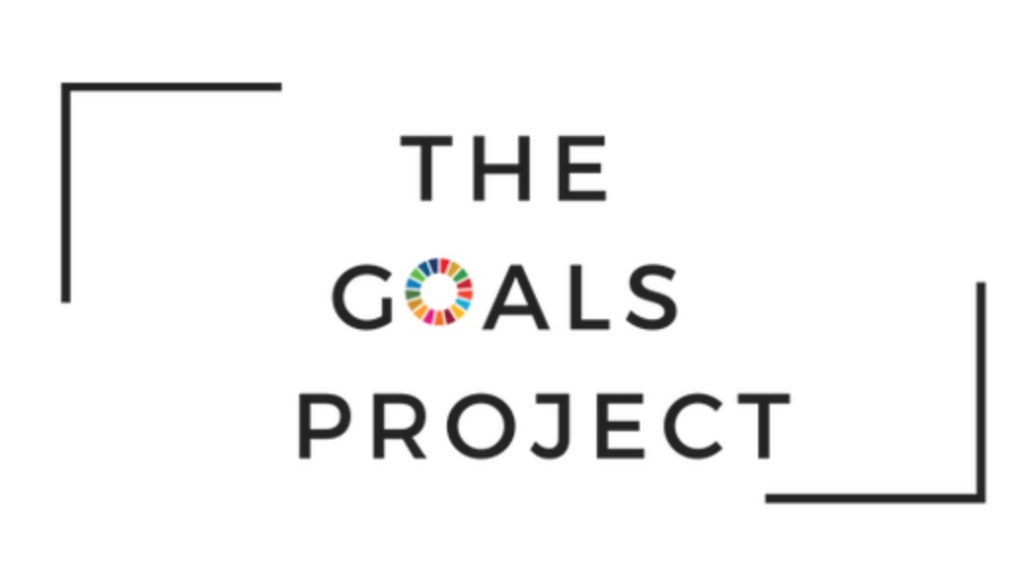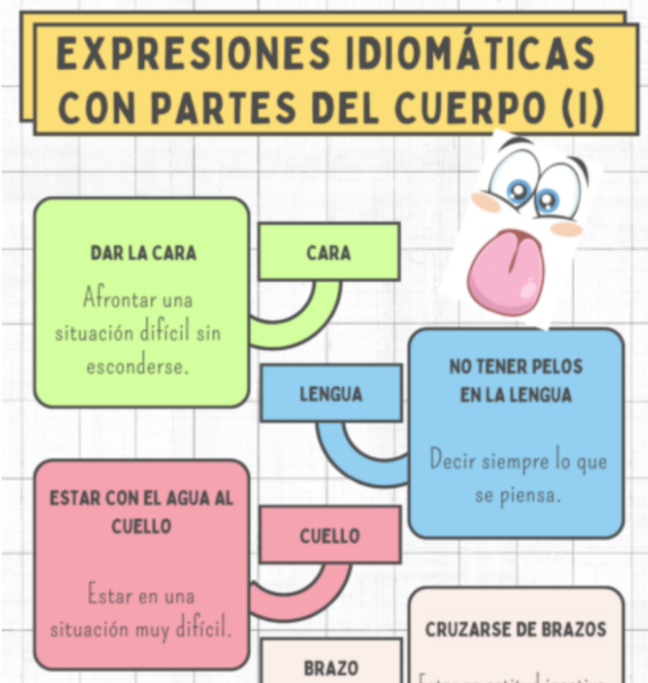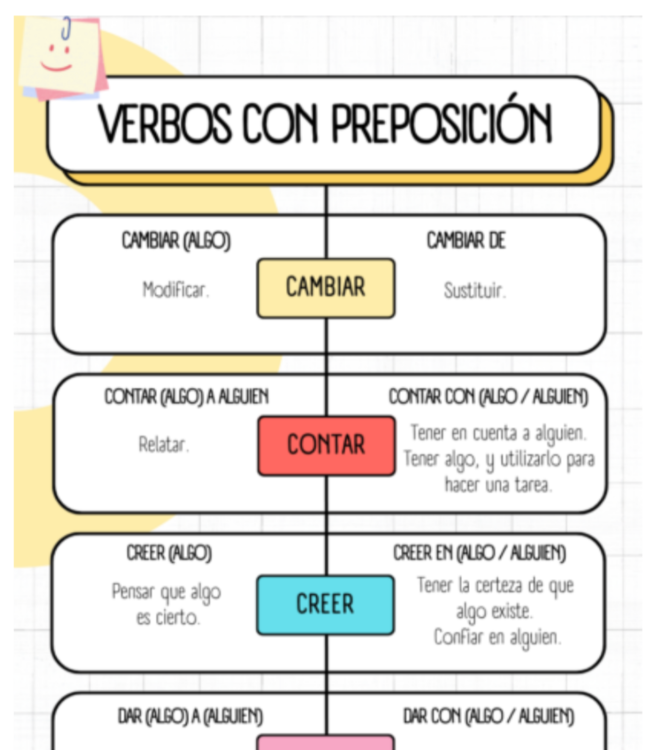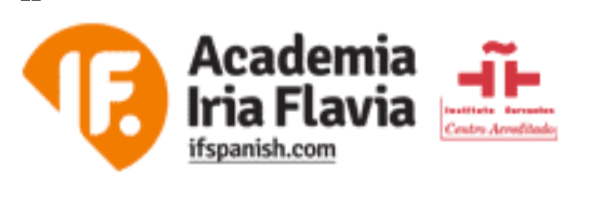It has been great to focus on one goal a month since the beginning of 2024. So many times we start school strong to find ourselves drifting as the months go bye. So far, in 2024, we have concentrated in collecting moments and doing more of what we love. So, in March, we will continue with … Make it Happen!

To me, to ‘make it happen’ is to accomplish what you dream of or desire by doing what is best for you and your students. It does not mean that it is easy or that it is a quick fix. It will probably require effort to solve problems and face different challenges. Thus, I want to encourage you to take the first step, take action, and make it happen!
It was the end of January and I remember thinking: What do I want to accomplish? How am I going to do it? Then, I learned about the #GoalsProject through social media and I signed up as soon as I got the green light from my school.
#GoalsProject – Make it Happen!
The #GoalsProject is done by students all around the world based on the United Nations Sustainable Development Goals (I wrote about the SDGs in What Do You Do When You Learn Something New?). The UN SDGs are the solutions to world problems and a call to action to make it happen.
The #GoalsProject is a richly infused 6-week global collaboration project based on the SDGs to promote taking action in the classroom. It requires students to practice 21st century skills: learning skills, literacy skills, and life skills, which are essential for students to succeed in life. As a world language educator, this was exactly what I envisioned for my students!
The #GoalsProject also encompasses most of the principles of Powerful Learning. And what better way to provide voice and agency to my students than through taking action for the SDGs.
To introduce the project, students talked about the SDGs and learned about their importance and how crucial it is to help in achieving these goals by 2030. This year, students dug deeper into SDG 12 – Responsible Consumption and Production.
Middle school was given 3 SDGs to choose from, and SDG 12 was the one we picked for sixth grade Spanish. I chose SDG 12 because it relates directly to the work we do at school with TerraCycle ‘to recycle the unrecyclable.’
Activities and Tasks: Make it Happen!
Some of the activities we did and some tasks my 6th-graders performed in Spanish class during their participation in this program are these:
- Participating in a Virtual School Assembly
- Responding to Youth Ambassadors
- Having a video-conference with students in the Dominican Republic
- Completing a KWHLAQ graphic organizer
- Listening to videos about the ‘Circular Economy’
- Completing a Systems Thinking Compass
- Creating a poster for Fact-ivist!
- Brainstorming solutions to problems related to SDG 12
Let me share a little bit about these tasks below. There are links to the sources used as well.
Participating in a Virtual School Assembly
The Virtual School Assembly was a webinar in which my students participated with thousands of other students in the world. It showed students the scope of the project and gave purpose to what they were doing.

Responding to Youth Ambassadors
After listening to what Youth Ambassadors from all over the world did towards the SDGs and why, my students found inspiration to start their contribution to helping achieve the SDGs. Their responses in the Padlet showed how impacted students were by the Youth Ambassadors speeches/ presentations to a personal level.
Having a video conference with students in the Dominican Republic
Connecting with students their age from another country in Spanish and learning about their projects was a highlight for most of my students.
Completing a KWHLAQ graphic organizer
To show students’ thinking we used the KWHLAQ graphic organizer which is based on six questions:
- K – What do we think we know about this topic?
- W – What do we need to find out?
- H – How will we find out the answers to our questions?
- L – What are we learning and what have we learned?
- A – What action will we take?
- Q – What new questions do we have?
Using the KWHLAQ helped me see what students learned and what their interests were.
Listening to videos about the ‘Circular Economy’
The Ellen MaCarthur Foundation is all about the circular economy, which is key in achieving SDG12, Responsible Consumption and Production. We listened to some videos on this topic and discussed them.
Completing a Systems Thinking Compass
I loved having students complete the Systems Thinking Compass because it is a tool that helps students see the interdependence of any system.
The Systems Thinking Compass is easy to understand as it uses the four points of the regular compass but renaming them. So the N for North, becomes the N for Nature. The E for East becomes the E for Economy. The S for South becomes the S for Society, and the W for West becomes the W for Wellbeing.
For example, having the SDG 12 in the center and thinking about the impact of consumption and production from the lens of Nature, Economy, Society, and Wellbeing helped students identify the issues and then connect their commonalities. It was probably the most difficult activity we did as it required them to think in systems, make connections, and then present their ideas to the class.
Creating a poster for Fact-ivist!
Researching data related to the SDG12 in Latin America was challenging as they had to find reliable sources. Students did their research starting from a simple Google or Bing search and narrowed it down to relevant sources like the World Bank, UN.org, Paho, Agenda2030lac, IDB, etc. In the end, students were able to identify data related to the SDG 12 that was interesting to them and complete their assignment of creating a poster using data.
At the beginning, data such as the amount of food that is wasted, was surprising to them, but it made this SDG real! Then, they created a poster to represent the data found using a digital art tool like Canva. The cherry on top was publishing their poster for the world to see. You can check them out in the Fact-ivist Gallery.
Brainstorming solutions to problems related to SDG 12
Using a storyboard, students sketched their possible solutions to problems related to SDG 12, from recycling to creating innovative ways to wasting less food. They came up with such great solutions! Then, they wrote a sentence or two about their sketches.
Make it Happen!
In a fun way, students learned about the SDGs while having the opportunity to think about the world’s needs and contribute with their different perspectives to make a change. This experience was very powerful as it showed students what they can do to help the Earth and that they can do it.
I am happy to have made it happen for my students!
